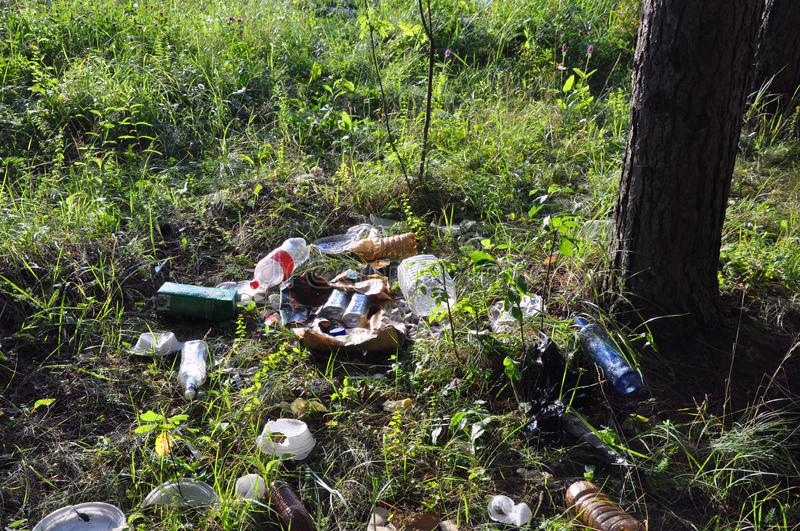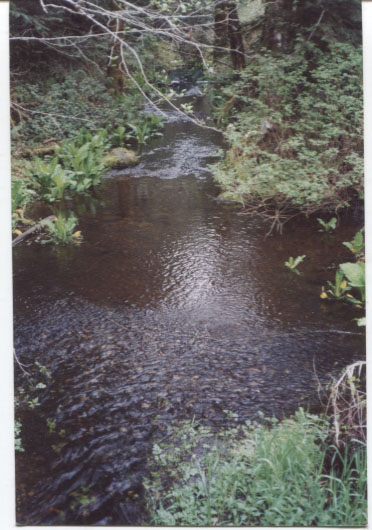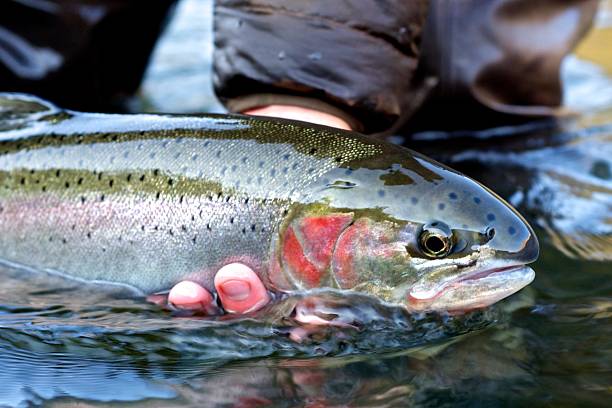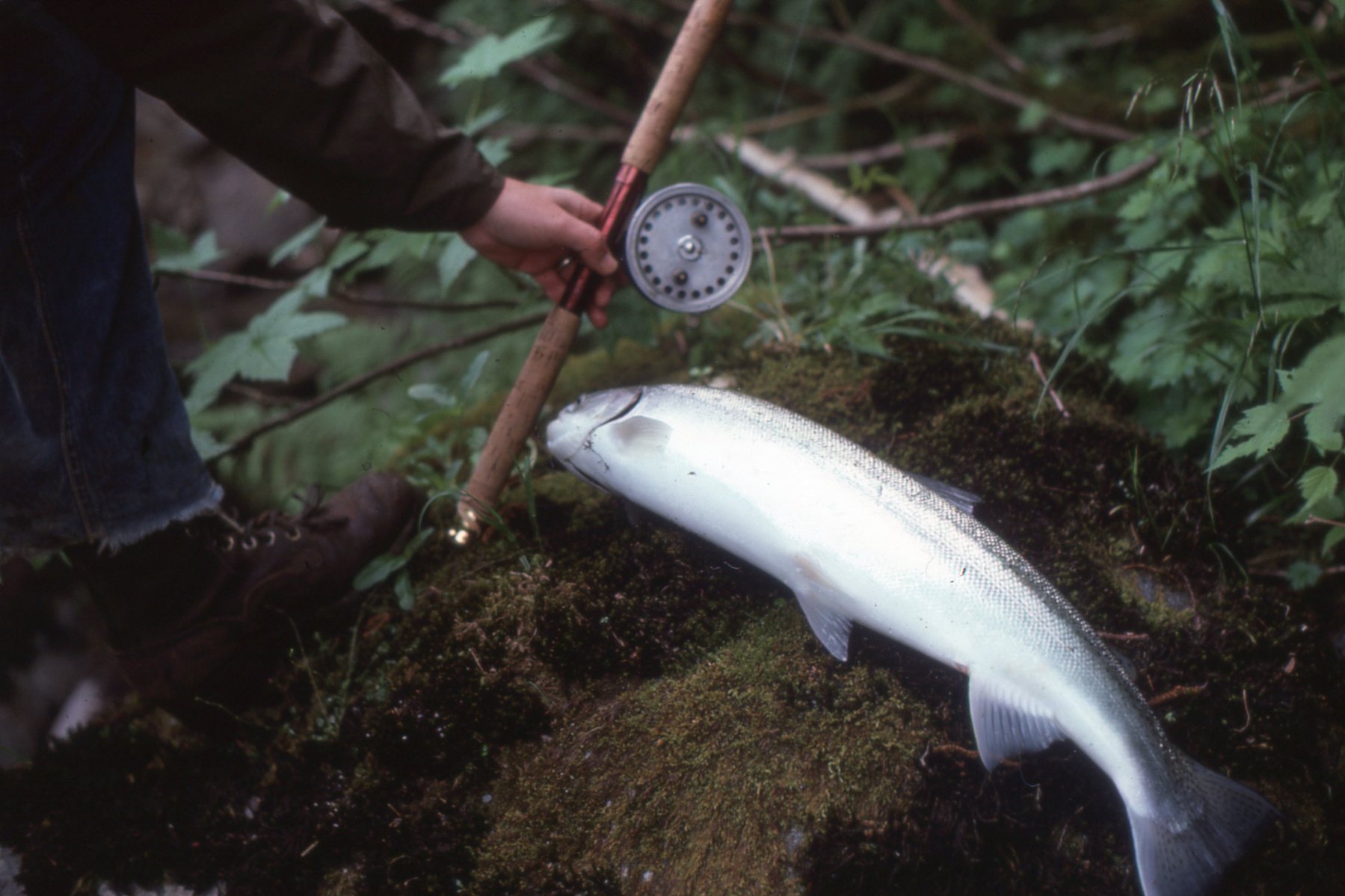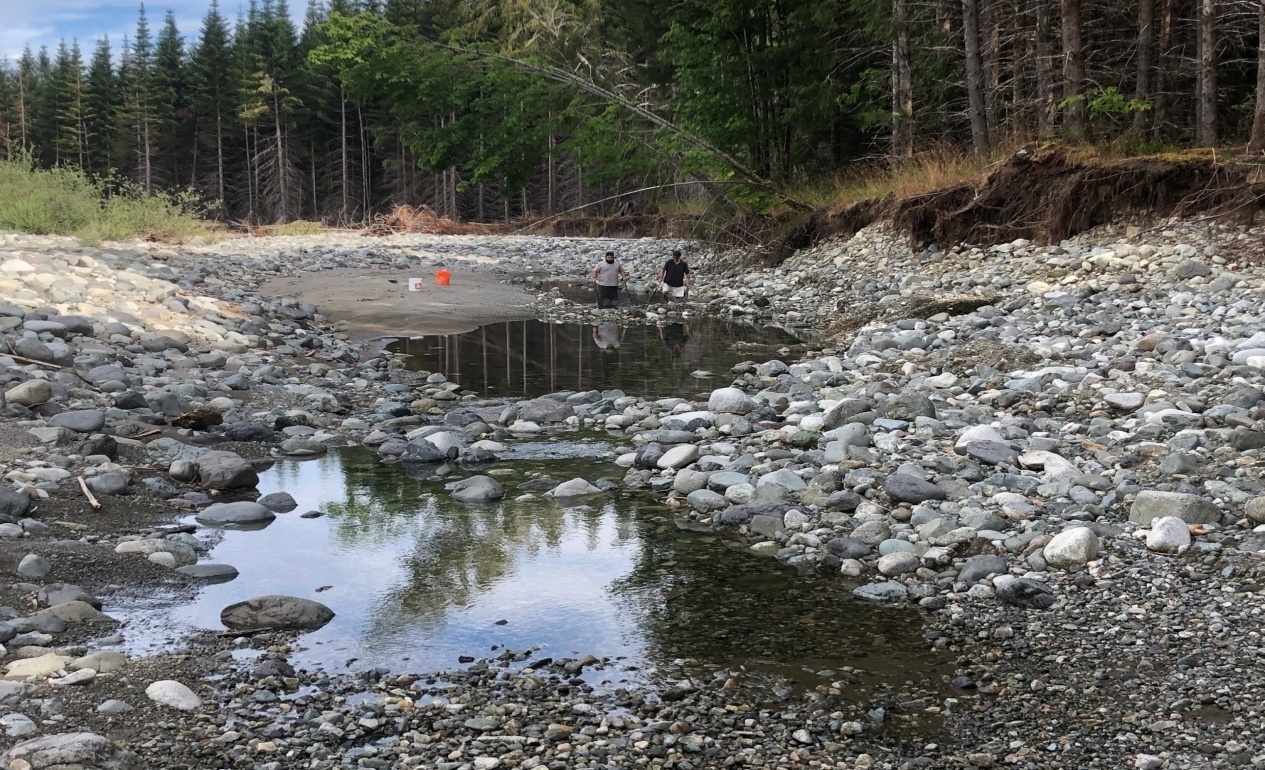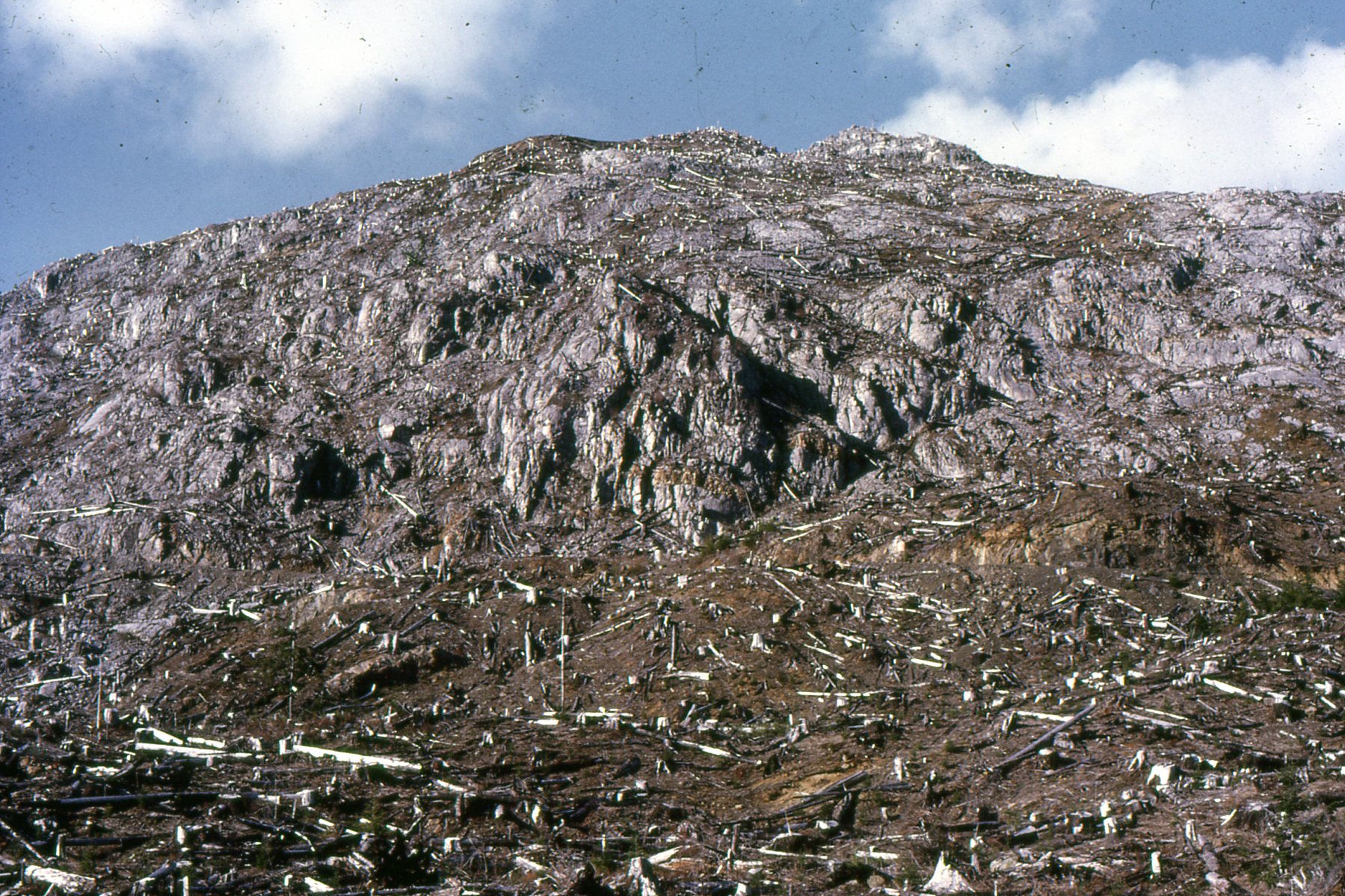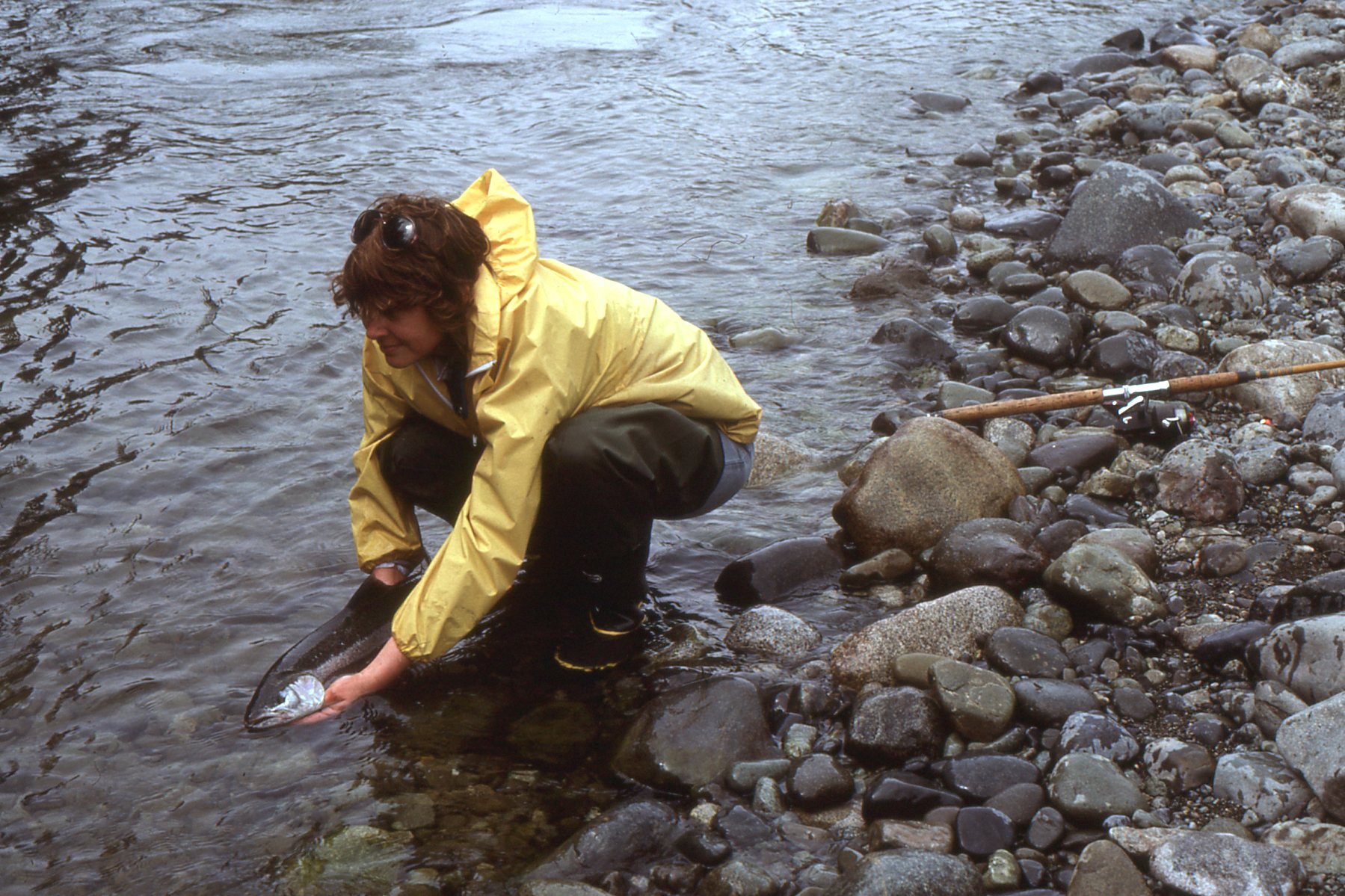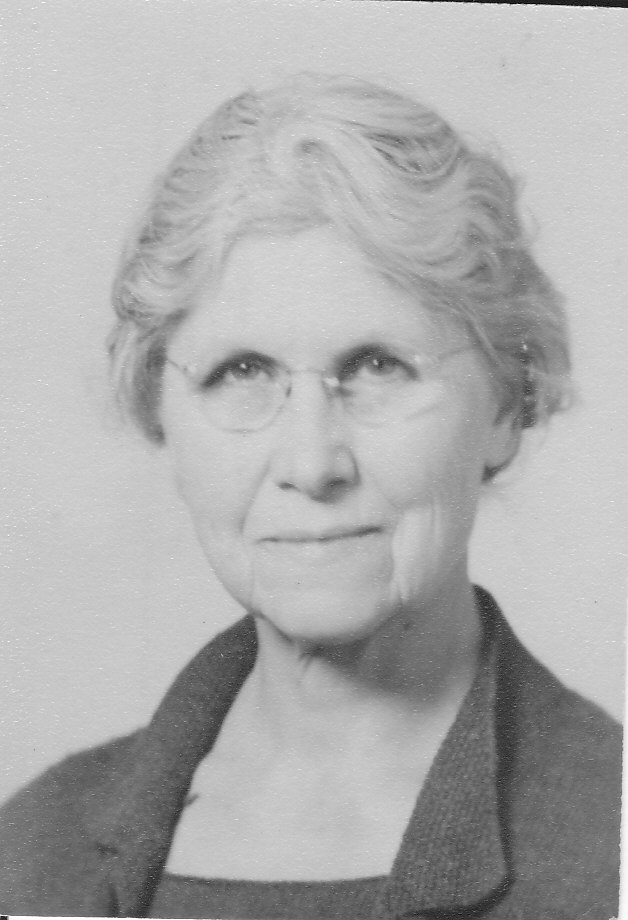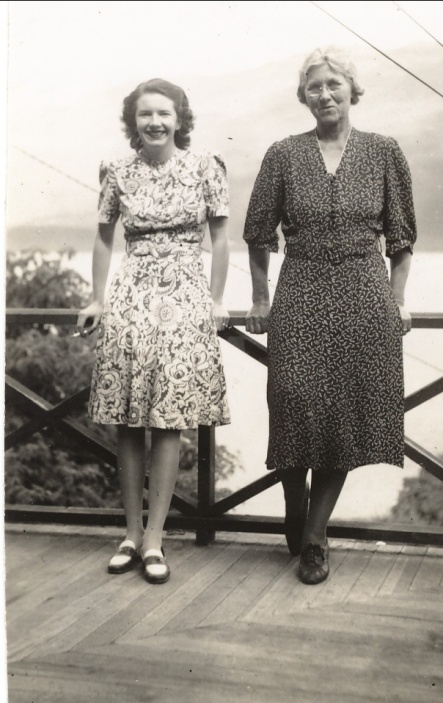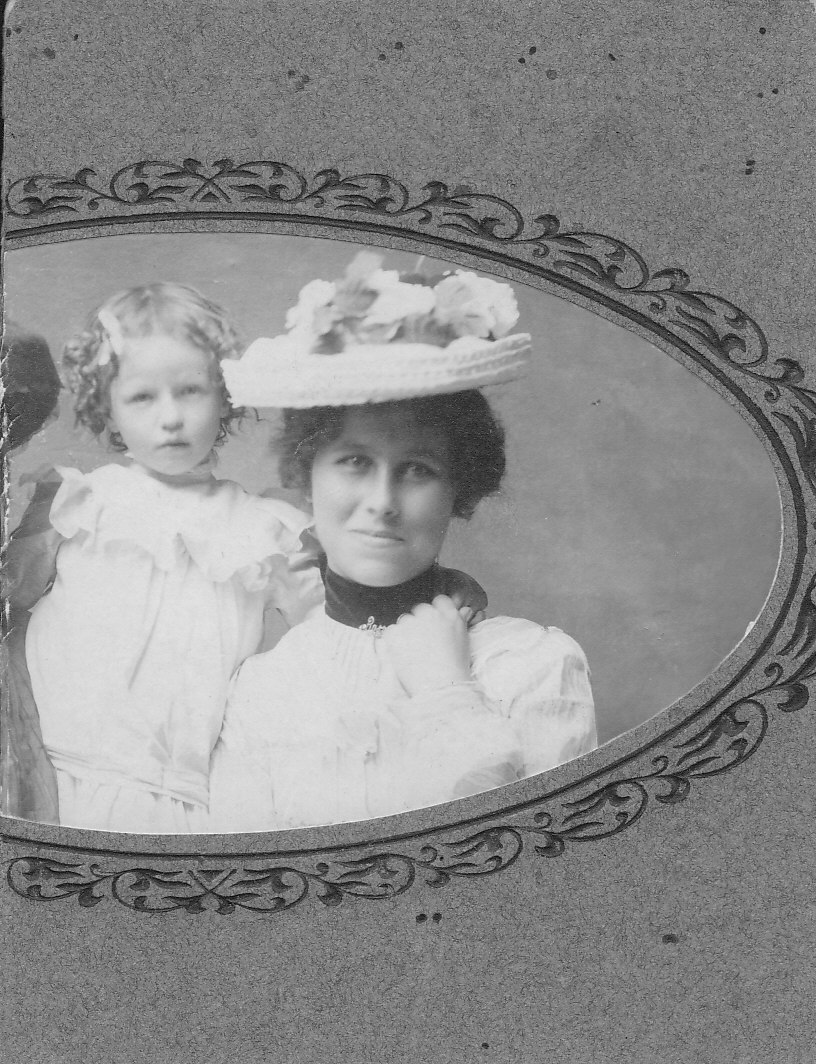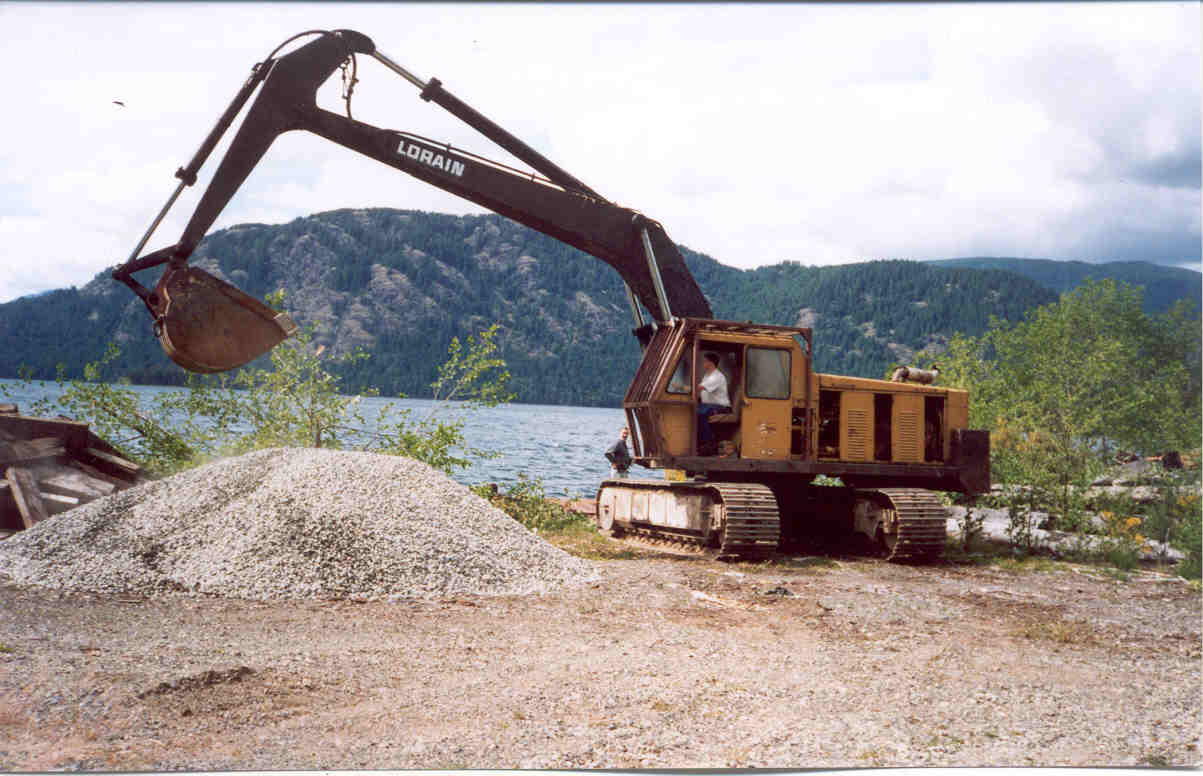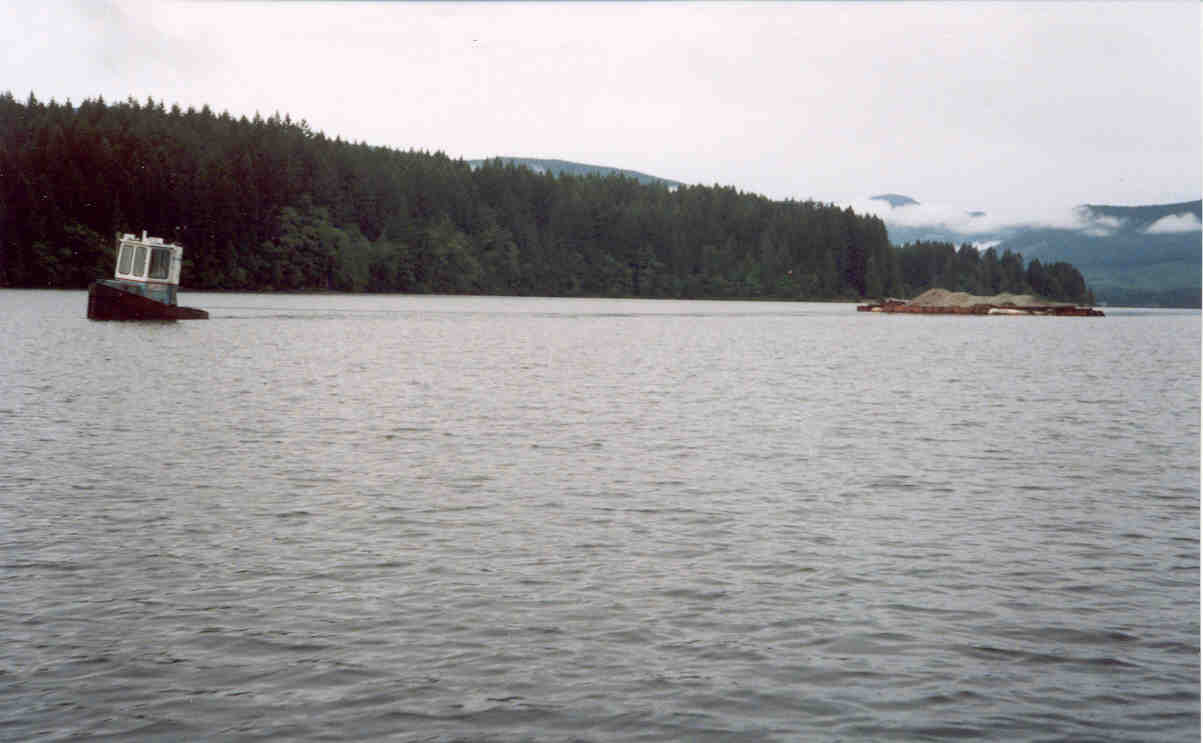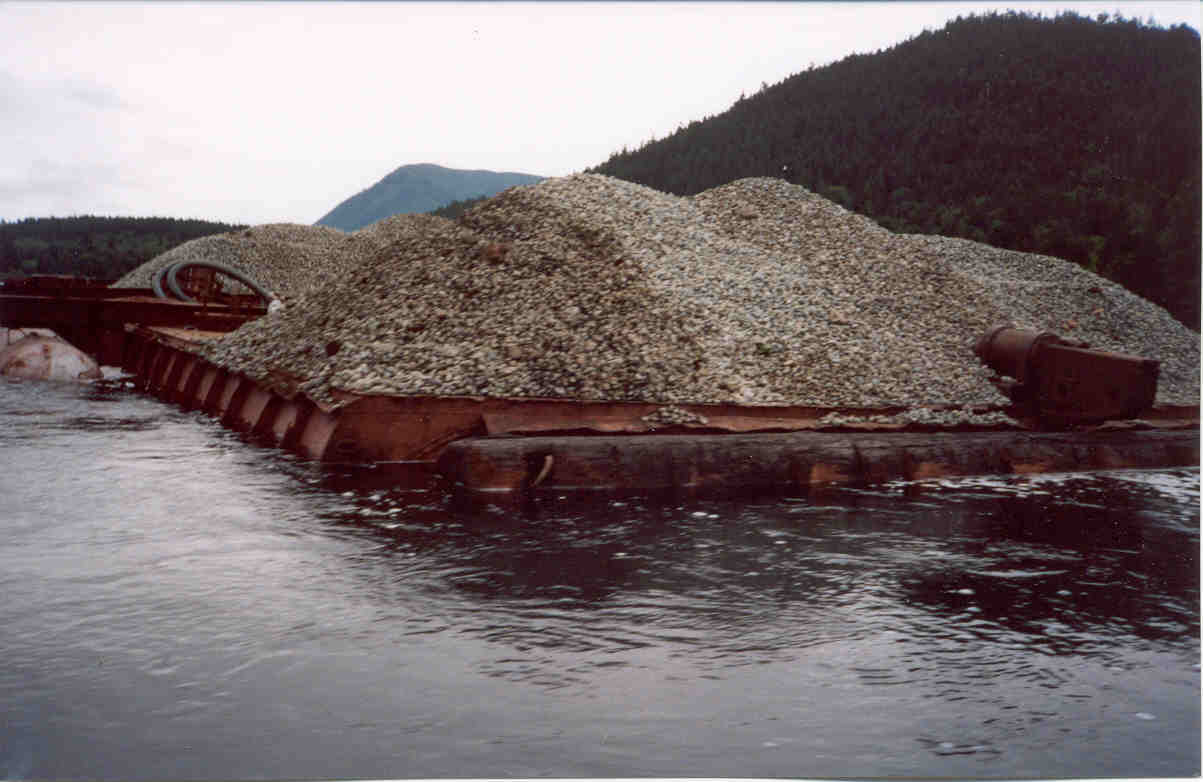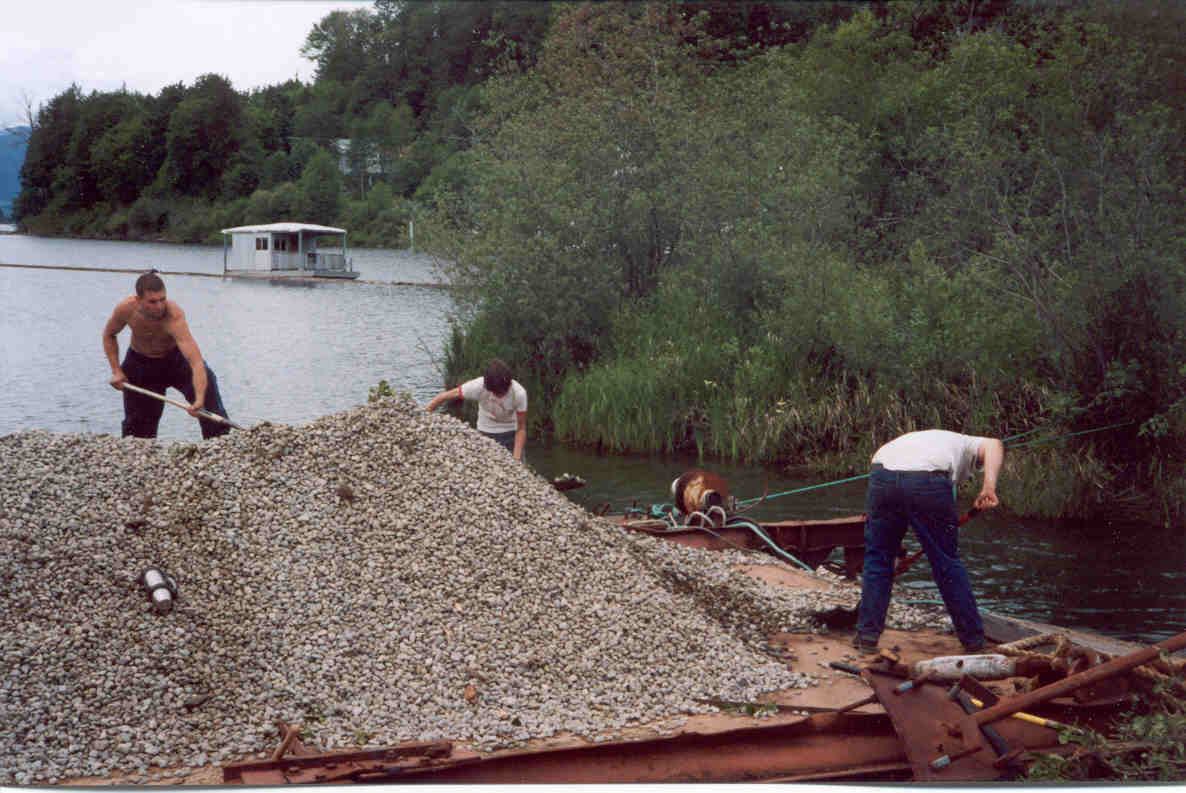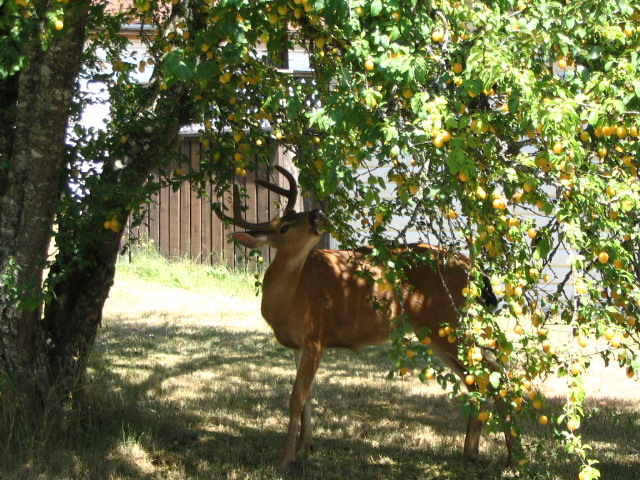The Lake News, Lake Cowichan, B.C., Wednesday, April 18, 1990
We’re the top slobs
by Ted Burns
Lake Cowichan has one of the easiest waste disposal setups I’ve experienced. You put your garbage out once a week and its whisked away never to be seen again. If you have too much junk for curb side pick up, the incinerator is just a short hop away and it’s free.
Many would argue that it’s too easy and that there should be a recycling program. Indeed.
So why is there so much garbage in the bush?
Almost every old grade has mounds of household and yard junk scattered here and there. Old stoves and refrigerators, sofas and chairs, roofing materials, lumber and plywood, cans and bottles, magazines and newspapers, you name it. Then there are the highway ditches which collect litter at a depressing rate. I know of several area youths who have collected enough cans in a year to purchase expensive mountain bikes. There are many dollars worth of beer and pop cans in relatively small areas. Who among us is so rich that they can afford to toss money away?
I was raised in the Kootenays, the West Kootenay. Dumping garbage in the bush is unheard of there. It just doesn’t happen. Nor do people toss litter from their vehicles. I walked a mile of road
shoulder near Kootenay Lake last summer and found one small plastic bag with a McDonald’s cup inside it. There are no Golden Arches around Kootenay Lake, so it must have come from a tourist of which there are many.
A mile walk along Cowichan Valley highways would reveal a sickening amount –of litter. Witness the mountains of garbage collected by high school students in this area last fall, a bulging bag every few hundred meters. The Valley Fish and Game club and Wilderness Watch collect gravel truck loads of junk on their forays into the woods. I’ve seen worse damping and littering, but only in Third World countries and backward regions of some U.S. states, never in B.C. or Canada. Some nearby portions of Vancouver Island, Nanaimo, Ladysmith, Courtenay and Chemainus, are almost as bad and parts of the Fraser Valley are right up there, but we take the crown as Canada’s top slob region.
Why? What can be done to curb bush dumping?
It is against the law to dump garbage randomly, but dumpers are almost never caught. The Litter Act is not a high priority with enforcement agencies, and people who dump garbage seldom leave anything with their name on it like cancelled cheques, mail or magazine subscription labels. When they are occasionally caught by a concerned person, the RCMP are glacially slow to take action.
Bush dumping will eventually cease as community attitudes toward the environment improve. For some reason, this area has been slow to adopt a green philosophy and a casual environmental attitude still prevails.
It shouldn’t last much longer. Help dispel it by encouraging your friends and neighbors to reduce, reuse and recycle. And if you know someone who dumps garbage in the woods, let them know that this foul deed is no longer acceptable. Inform them that the generation of swine is fast drawing to a close.
UPDATE
July 25/2020
I left Lake Cowichan in 1998 and lived in Chilliwack for twenty years. The situation was no better there. It may have been worse. The roads along the Fraser River and river bars themselves were loaded with junk. It was in Chilliwack that I was introduced to pallet burning for campfires. I guess the stores want to get rid of old pallets and they are there for the taking. People help themselves and they end up in burn piles on the river bars. After burning, loads of nails are left behind along with the usual garbage. Another Chilliwack junk feature was the large amount of yard slash. People of Chilliwack seem obsessed with keeping manicured yards and I have never seen so many lawn care/landscaping businesses. There is a green depot for yard waste but a lot of it also ends up in piles along backroads. Other businesses contribute as well. When Barbara and I lived in “the wack”, one of our favorite places was Murray Lake – a mountain lake not far from the Coquihalla Summit. Other Chilliwack people went there too on long weekends and such. One summer weekend a crew from a Chilliwack construction firm (Jakes) left truckloads of garbage behind in a meadow just north of the lake. It seemed like some of it was stuff they had brought up from job sites in the Fraser Valley.
Since 2018, we have lived in Port Alberni and I am pleased to report that the woods garbage situation is much better here. Mind you, access into the woods is highly curtailed by gates. These are supposed to be open on the weekends but you never can be certain and there is a constant fear of getting locked in if they are open. So people here don’t feel they have a license to dump their junk on logging roads. In fact I would venture to say there are more people picking up junk than dropping it off. Port Alberni folks also have put in substantial efforts to control broom along the highway.
So perhaps he corner has been turned and more people are cherishing the environment than trashing it.
